Cyclovirobuxine
Cyclovirobuxine D, a steroidal alkaloid from Buxus microphylla, is recognized for its cardiotonic properties and potential in treating coronary heart disease, angina, and arrhythmias, highlighting its significance in cardiovascular health research and therapy.
Cyclovirobuxine Overview
Cyclovirobuxine D’s mechanism of action includes modulating calcium ion channels in cardiac cells, which helps in stabilizing heart rhythm and improving heart function. This activity suggests potential therapeutic applications not only in cardiology but also in managing conditions related to impaired cardiac output and circulation.
Cyclovirobuxine Key Features
– Natural Source: Derived from the Buxus microphylla plant.
– Bioactivities: Exhibits cardiotonic, anti-arrhythmic, and coronary blood flow enhancing effects.
– Mechanism of Action: Works by affecting calcium ion channels in cardiac tissue, improving heart function and stability.
Cyclovirobuxine Applications
– Cardiovascular Treatment: Used in managing coronary heart disease, angina, and arrhythmias, offering a natural alternative or adjunct to conventional pharmacotherapy.
– Research: Investigated for its cardiovascular benefits, mechanism of action, and potential wider therapeutic applications.
Cyclovirobuxine Functions
– Improvement of Cardiac Function: Enhances heart muscle contraction and efficiency, beneficial for heart disease patients.
– Increase in Coronary Blood Flow: Helps in increasing blood flow to the heart, supporting better oxygen and nutrient delivery to cardiac tissue.
– Anti-arrhythmic Action: Stabilizes heart rhythm, making it useful in treating various types of cardiac arrhythmias.
Details
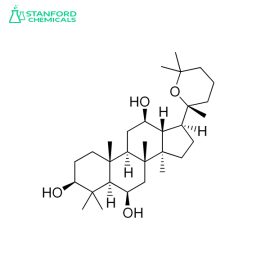
| Available Sizes | 30 capsules, 60 capsules, 90 capsules |
|---|---|
| Key Ingredient | High-quality, pure Panaxatriol extract |
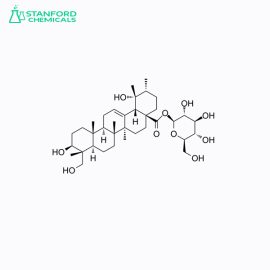
| Available Sizes | 30 capsules, 60 capsules, 120 capsules |
|---|---|
| Key Ingredient | High-quality, pure Pedunculoside extract |

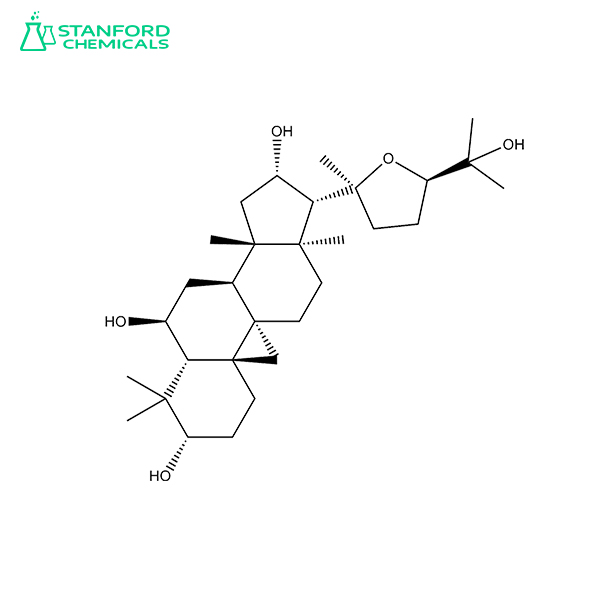
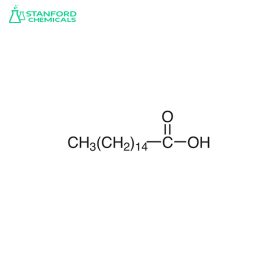
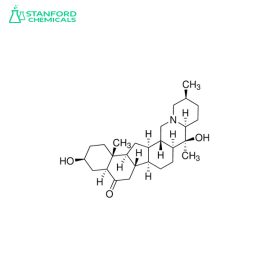
Reviews
There are no reviews yet.